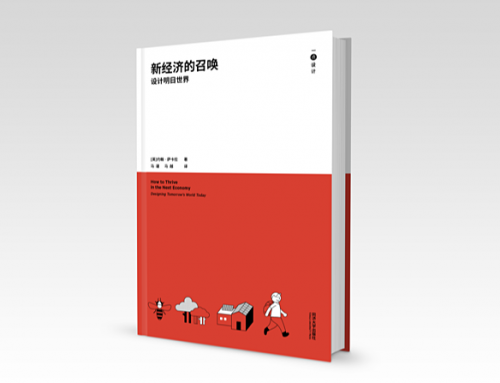As an experiment this weekend, I went through all 192 stories tagged “China” on a major eco website. More than 90 per cent of its posts were about at least bad, and often terrible, environmental news and developments.
It’s not that these grim stories stories were untrue, or unimportant. It’s just that their aggregate impact is disabling. One feels overwhelmed, as with so many aspects of the ecological crisis.
The negative slant is amplified by the fact that most of us in blog land rely on news feeds from wire services. Even if they had the inclination to do so, wire services’ offices are so lightly-staffed that locally-based journalists simply don’t have time to go out into the field looking for positive developments.
As a second experiment, therefore, I decided not to write about the latest grim report about the impact of industrial agriculture on the ozone layer, headlined Nitrous Oxide Fingered As Monster Ozone Slayer”.
I wondered: is anything positive happening in China to offset this latest nightmare?
A short search took me to a project by Chinese scientists, in collaboration with regional and municipal authoriities, to study the effectiveness of biomass in absorbing toxic contents from eutrophic water.
A growing number of lakes and ponds suffer from eutrophication – suffocation by algal blooms – like the one above near Chengdu, Sichuan, China. The problem is often caused by fertiliser running off the land.
Anyway, the good news is that some of their experiments, which involve the use of oenanthe javanicas planted in floating-beds, suggest that these palnts can be effective when used for water purification.
I don’t know about you, but this story cheers me up a lot. If you know of similar stories – or of websites where I can find more like it – please let me know, and I’ll write about them here.






